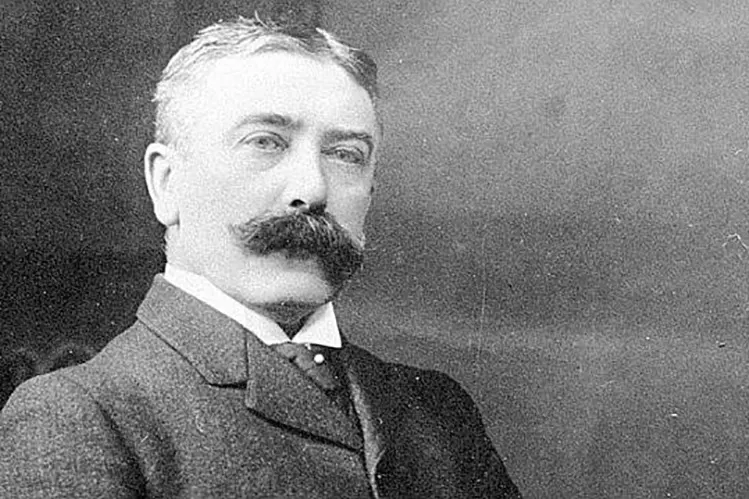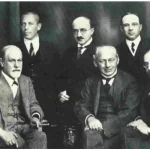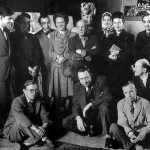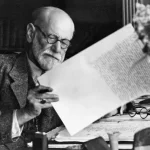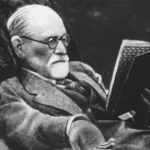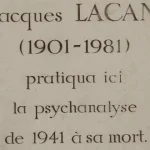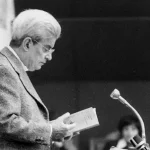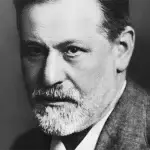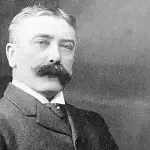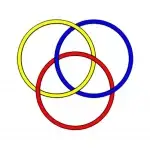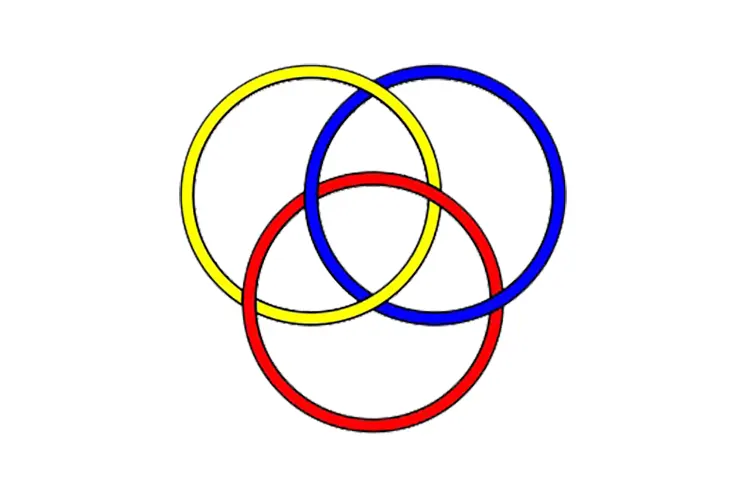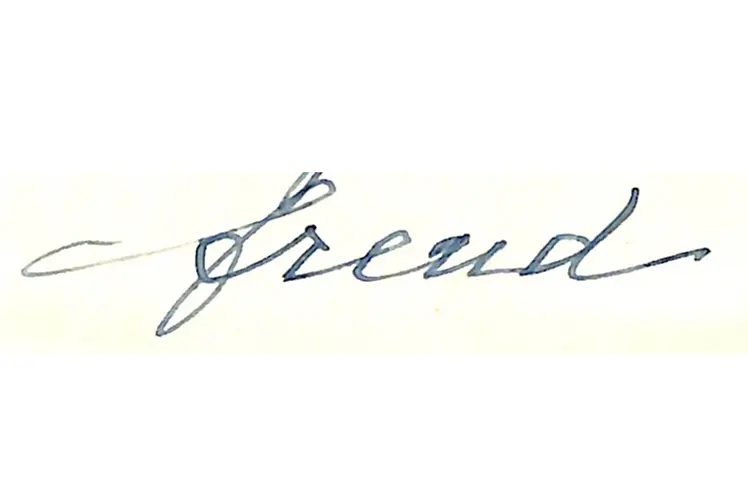Ferdinand de Saussure
Ferdinand de Saussure is born in1857 in Geneva. After studding in Leipzig, where he supported a thesis on usage of absolute genitive in Sanskrit 1880), he taught linguistics first in Paris and then in Geneva. He thought that the way the linguists dealed with language was not exclusively the right one. In contrast to the study of language in 19th century, which was focused on the evolution of the language over time (diachronic studies), he considered one should study it also in what constitutes its logic in a given time, i.e. in a synchronic way. This led him to develop his famous distinction between langue and parole and his concept of the sign as composed of two elements: signifier and signified. All these ideas are developed in his most famous work, The Course in General Linguistics, which was constructed by his students from notes they had taken at his lectures at the University of Geneva and published three years after his death. Jackobson further developed the lines laid down by Saussure, pioneering the development of phonology, as well as making important contributions to the field of grammatical semantics, pragmatics and poetics.
Lacan based his conception of language as structure on Saussure’s linguistics. For Saussure the language is a system of signs. According to Lacan it is composed of signifiers and provides a whole coherent system called structure. This structure is almost the same as that one psychoanalyst discovers in his clinical investigation, i.e. the unconscious. That is why Lacan declared that the unconscious is structured like a language.
Lacan borrowed several concepts from Jackobson’s linguistics: those of metaphor (synchronic) and metonymy (diachronic), which he put in stead of Freud’s condensation and displacement. According to Freud these concepts constitute the main processes in dream work. For Lacan they have much more general function in human being, because they are at the base of language and a fortiori of the unconscious. Following Hegel, he argues that the word, i.e. the signifier, is murder of the thing. It means that as soon as we speak we lose the thing in such a way that the last being constitutes hereafter the object of our desire. As one could understand, Lacan put the famous Freud’s last object in the core of language. Now if one considers that the real last object is but the mother, one would well accept Lacan’s argument according to which word and father have the same constitution as far as odipian complex is concerned. Child’s access to language as object loss is parallel to his father cathexis resulting from incest prohibition of mother.
Among other major concepts Lacan borrowed from linguistics, we can mention the distinction made by Jackobson between statement (énoncé) and enunciation (énonciation).Jackobson’s paper on shifters in 1957 enabled Lacan to make a sharp distinction between ego (le moi) and I as the first personal pronoun (le je in French). The german freudian Ich is a complex word. It is usually translated in French by the word moi (ego in English). Lacan was not clear before Jackobson’s paper as to use moi or je to translate german Ich. After this publication, Lacan went to use je to denote symbolic subject and moi to denote ego as opposed to Id. For Lacan je is a shifter as far as it designate, and not signify, the subject of enunciation.
